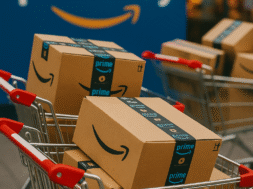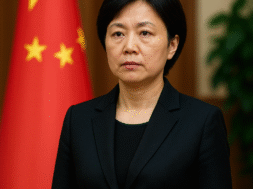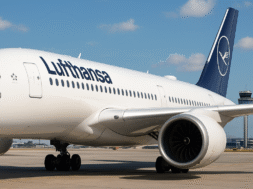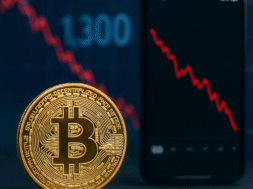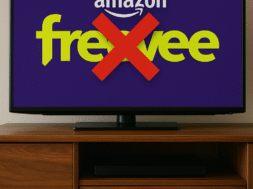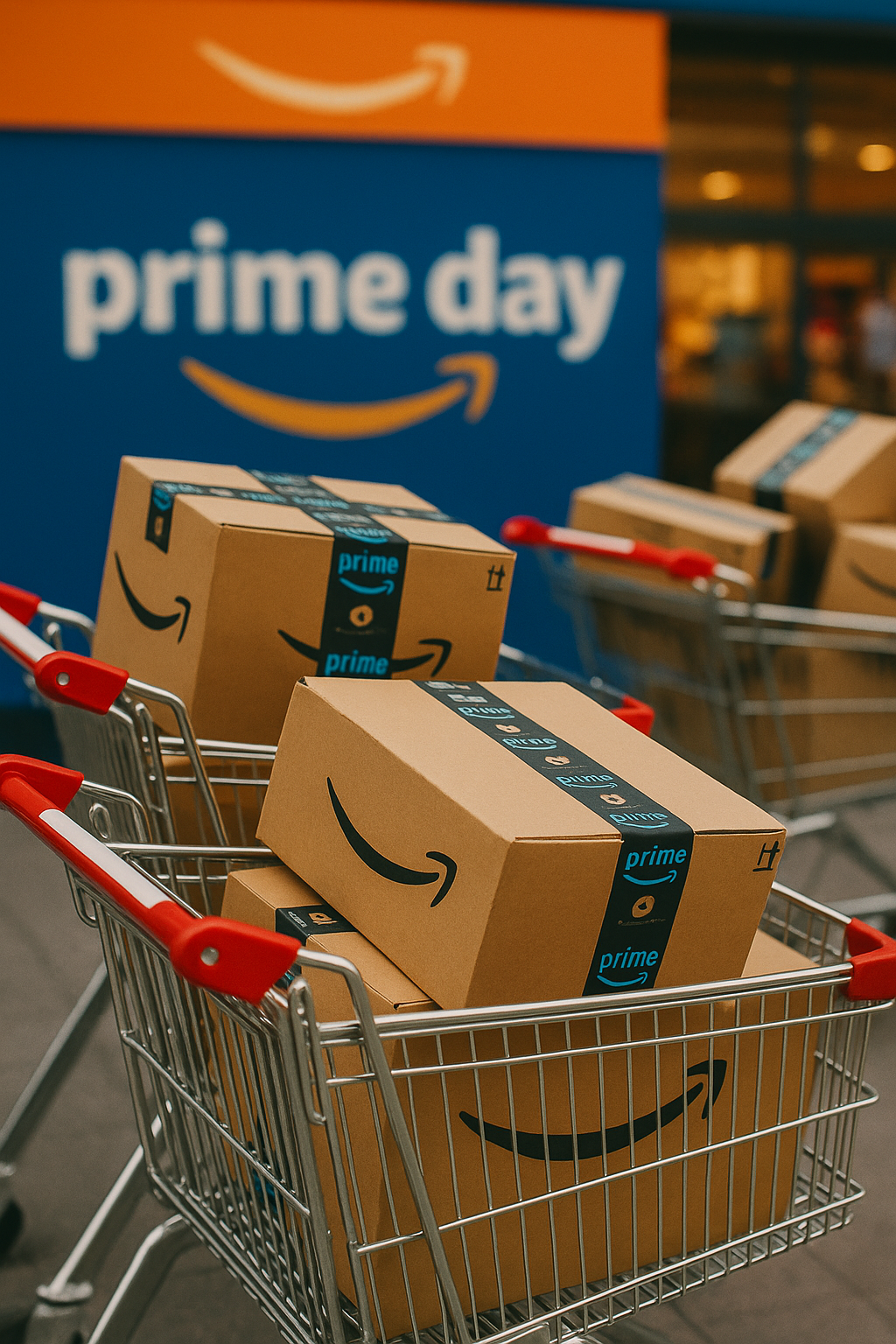
Prime Day Sparks $7.9 Billion Online Spending Surge in Just 24 Hours
Online shoppers in the U.S. spent a massive $7.9 billion on Tuesday—the opening day of Amazon’s Prime Day sales event—marking a 9.9% increase compared to the same day last year, according to data from Adobe Analytics.
This figure makes it the biggest e-commerce day of 2025 so far, surpassing last year’s Thanksgiving Day total of $6.1 billion in online spending.
Amazon’s annual Prime Day event, which began in 2015 to attract new Prime subscribers, kicked off Tuesday and will run for four days through Friday. Its growing popularity has once again triggered a wave of rival sales from other major retailers. Walmart launched a six-day savings event, Target started Circle Week on Sunday, and Best Buy rolled out a “Black Friday in July” promotion on Monday.
Early data shows strong demand for home and outdoor products, according to Kashif Zafar, CEO of Xnurta, a digital ad platform that supports more than 20,000 e-commerce brands. However, some typically high-performing categories like beauty and household essentials started slow, though Zafar noted these may gain traction as the event continues.
“Initial Prime Day numbers might seem modest compared to last year’s surge, but this year’s extended timeline is shifting shopping patterns,” Zafar explained. “With four days instead of two, consumers are spacing out their purchases.”
Adobe forecasts that total online spending across all retailers could reach $23.8 billion over the full 96-hour event—essentially equal to two Black Fridays in terms of volume.
In comparison, last year’s two-day Prime Day saw shoppers spend $14.2 billion online.
This year’s sale period arrives at a complex moment for retailers and consumers, with lingering concerns about trade tensions and the economic impact of tariff policies. Consumer confidence dipped in June, driven in part by ongoing worries about pricing and economic stability.
Despite this, Amazon CEO Andy Jassy recently stated that product prices on the platform have not seen a significant increase due to tariffs. However, some sellers have acknowledged raising prices on China-made goods to offset rising import costs.
